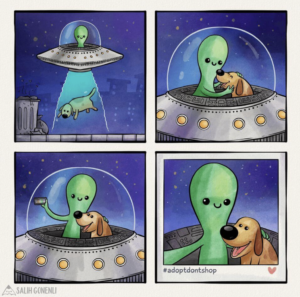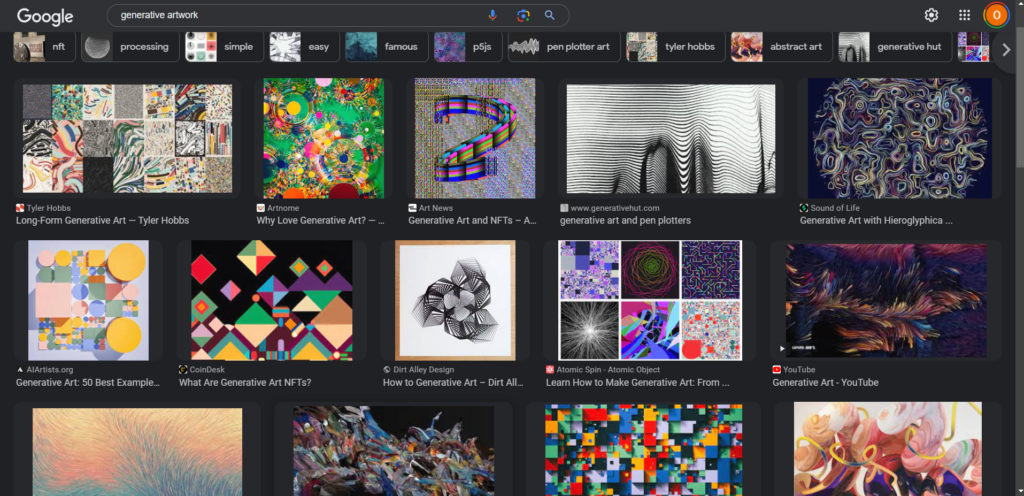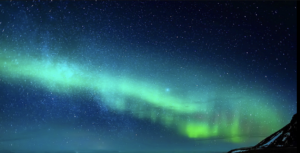When I mention that I study Interactive Media, the response is often followed by a “What’s that?” To explain, I only give the example of the piano-ball piece in Professor Sherwood’s office, which produces different sounds when interacted with. After reading Crawford’s insights, I definitely have a better explanation to provide by talking about the dynamic two-way process, not one-sided reactions. This distinction makes me question my past experiences: did I truly interact, or did I merely react? What makes engagement meaningful, avoiding passivity and limitations?
Crawford’s views that speaking, thinking, and listening are fundamental to interaction makes perfect sense in human-human interactions. But what about human-computer interaction? Can an absence of one component, compensated by two others, make the interaction as unsatisfactory as he suggests?
Considering Crawford’s thoughts on user interface, interactive design and things that one should’t consider interactive, I recall a Netflix series I had seen, “You vs. Wild” with Bear Grylls. While it involves impressive design, filming, and conversations, its interactivity is scripted, lacking real-time interaction with Bear Grylls. This still provides users with an interactive experience, however, it might not be considered Interactive since it sways away from Crawford’s definition.
His final point, “Good interactivity design integrates form with function,” applies broadly, including to the Netflix series, where form (aesthetics and immersion) and function (user experience and purpose) merge quite well thus making it interactive.
In a nutshell, Crawford’s insights challenge conventional notions of interaction, prompting me to consider what truly constitutes interactivity. Whether in human-computer interaction or entertainment like “You vs. Wild,” the integration of form with function remains an important aspect of creating engaging and meaningful interactive experiences. It’s a reminder for me that in interactive design, aesthetics and functionality should move together to elevate the user’s overall experience.




